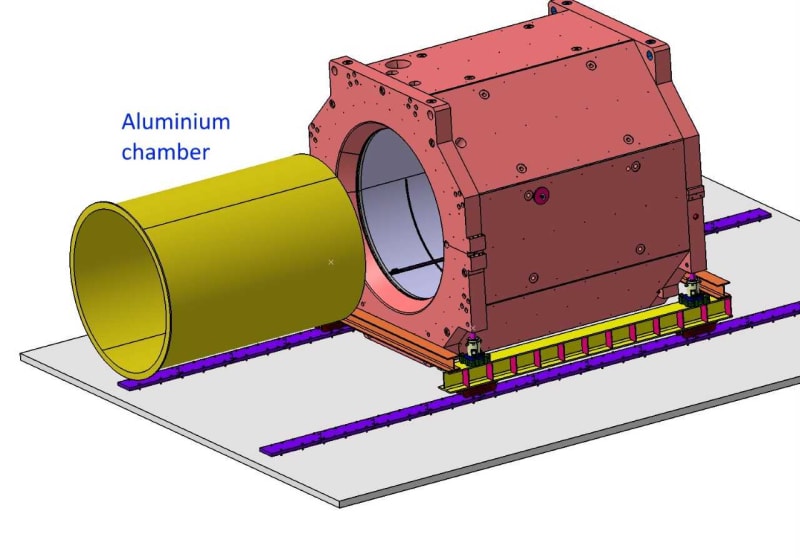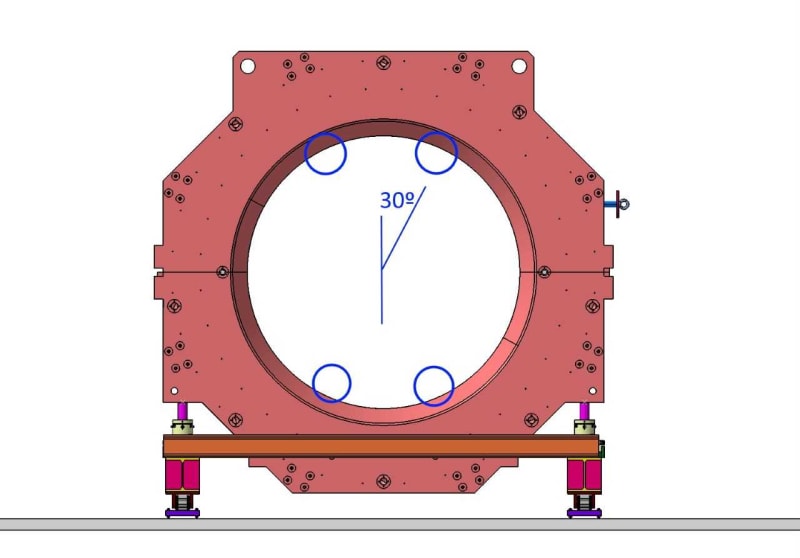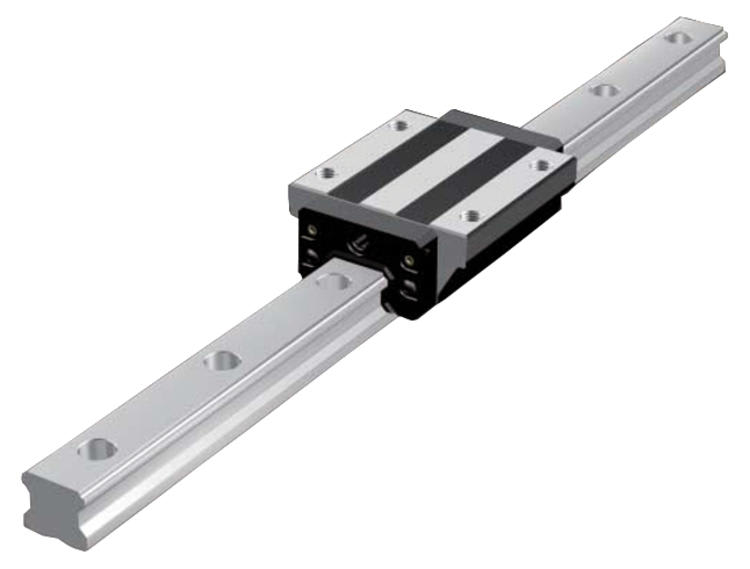Hi there,
We need to insert an aluminium chamber (around 2 meters - 6.5 feet in diameter) into a magnet. It is 3 tons. Room temperature, clean environment. The total length to move is 8 meters -26 feet)
The idea is using rails. There will be some holders at +/- 30º (vertically).
The rails can't be bigger than 25 mm/1 inch.
I was thinking to use precision linear. They can easily take the weight, they can slide the chamber accurately.
The problem is that these rails must be non-magnetic. I talked to many companies and they don't offer anything non-magnetic (austenitic stainless steel). I found some made out of aluminium but they can't take the load.
I can't believe there is a standard solution for this. We are starting to thing to prepare two surfaces on both the magnet and chamber and slide with PTFE in between.
Does anybody know any supplier providing non magnetic rails?
thanks
regards,
We need to insert an aluminium chamber (around 2 meters - 6.5 feet in diameter) into a magnet. It is 3 tons. Room temperature, clean environment. The total length to move is 8 meters -26 feet)
The idea is using rails. There will be some holders at +/- 30º (vertically).
The rails can't be bigger than 25 mm/1 inch.
I was thinking to use precision linear. They can easily take the weight, they can slide the chamber accurately.
The problem is that these rails must be non-magnetic. I talked to many companies and they don't offer anything non-magnetic (austenitic stainless steel). I found some made out of aluminium but they can't take the load.
I can't believe there is a standard solution for this. We are starting to thing to prepare two surfaces on both the magnet and chamber and slide with PTFE in between.
Does anybody know any supplier providing non magnetic rails?
thanks
regards,





